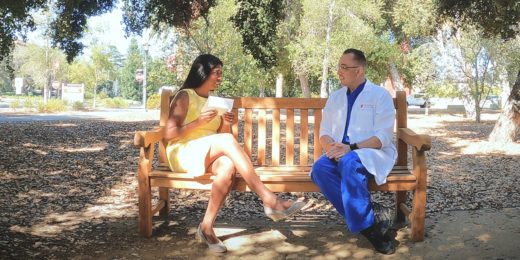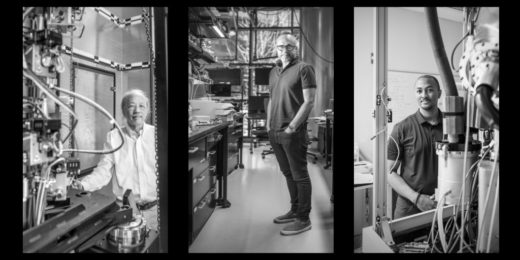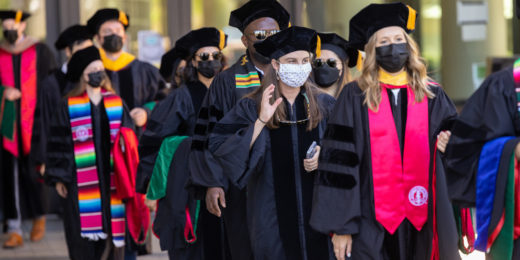Audrey Shafer discusses the intellectual and personal inspiration behind the poem "Medicine," featured in Stanford Medicine's year-end video.
Author: Hanae Armitage
A 2022 recap: Most read, most viewed and most popular on social media
As the year comes to a close, we're sharing the most-read stories, most-viewed videos and most popular stories on social media of 2022.
Screen time: The good, the healthy and the mind-numbing
Researchers at Stanford Medicine are exploring the impact of screen time and how to create solutions that support health.
What can squid brains teach us about nervous system evolution?
Researchers are studying the bobtail squid to learn more about the evolution of intelligence. Their focus is on "large genes."
Ask Me Anything: Neuroscience with Andrew Huberman
Andrew Huberman joins Stanford Medicine in an Ask Me Anything featuring topics such as human behavior and neuroscience.
Researchers create guide for fair and equitable AI in health care
Researchers at Stanford Medicine are putting together a guide for principled implementation of artificial intelligence in health care.
Heartbeats and Hiccups: Cesar Padilla and Reena Thomas
In the Heartbeats and Hiccups video series we explore passions and pivots through a conversation on the defining moments of our careers.
Training physicians and algorithms in dermatology diversity
Researchers are addressing bias in algorithms that detect dermatology diseases by adding more diverse skin tone images to data sets.
Molecular movie maker
Researchers are harnessing an imaging technique called cryogenic electron microscopy to design drugs and better understand disease.
Data science could help tailor cancer therapy
Researchers are using data science to home in on therapies that will work best for specific patients, advancing precision oncology.
Unconventional Paths: Gorzynski and the great apes
After starting his career as a veterinarian, scientist John Gorzynski turned to research, investigating great ape genetics and cardiology.
Redefining ‘professionalism’
Residents discuss the concept of professionalism, how it can create harmful stereotypes and why it's important to be inclusive.
Ask Me Anything: Brain health and cognition
Sharon Sha, Stanford Medicine neurologist discusses all things brain health and cognition in an Ask Me Anything.
Smiles and sunshine: Stanford Medicine graduation in photos
Students celebrate their graduation from Stanford School of Medicine in person for the first time in three years.
Nutrition meets health through ‘culinary medicine’
Chef-turned physician teaches about a concept called "culinary medicine" which focuses on healthy, delicious foods to support health.
In photos: Stanford community celebrates health and wellness
Members of the Stanford Medicine community came together to celebrate and learn about health and wellness through discussions and activities.

















